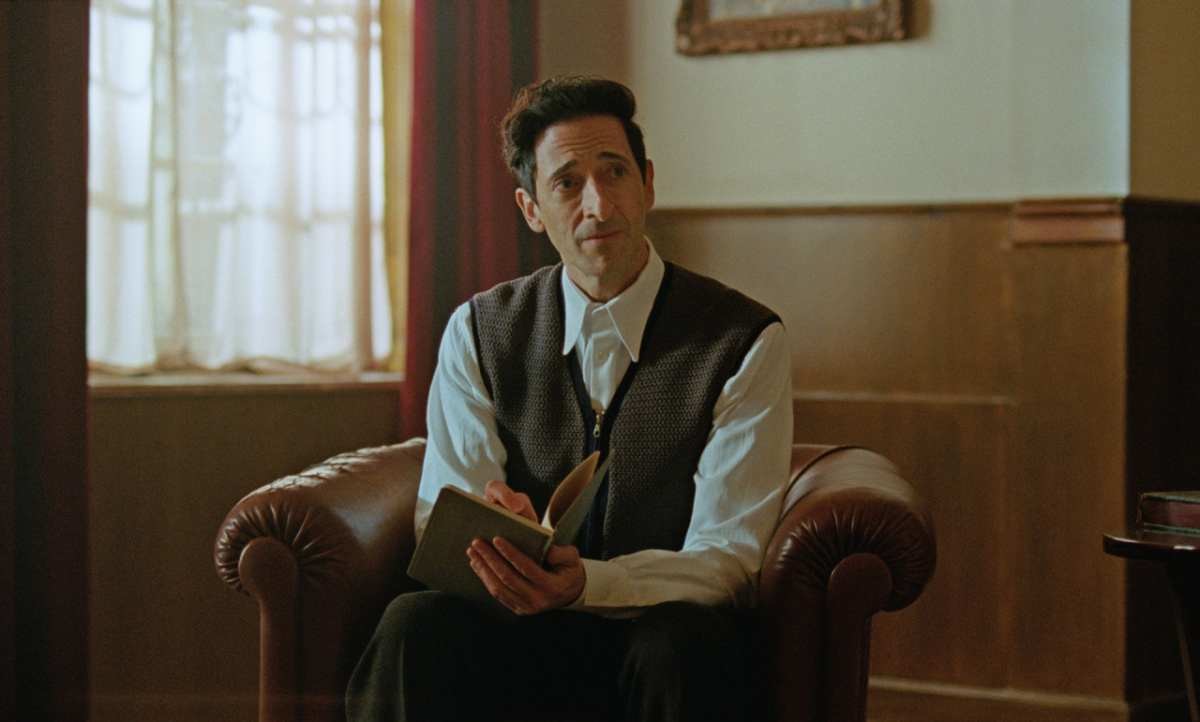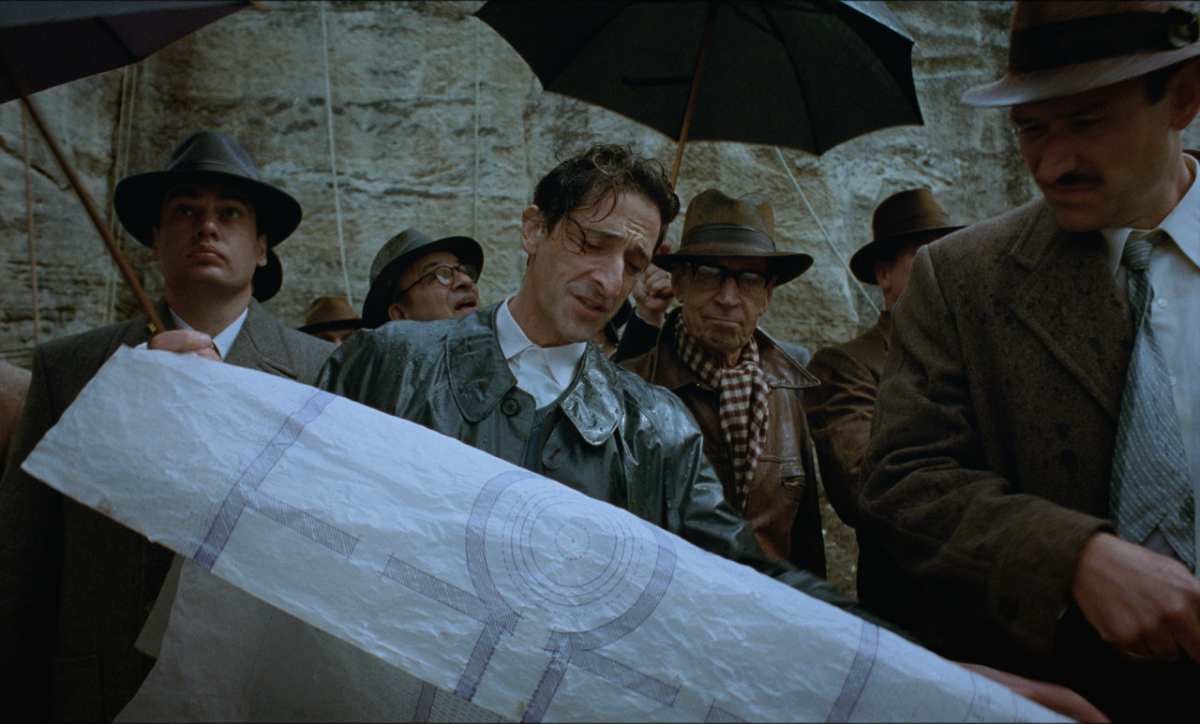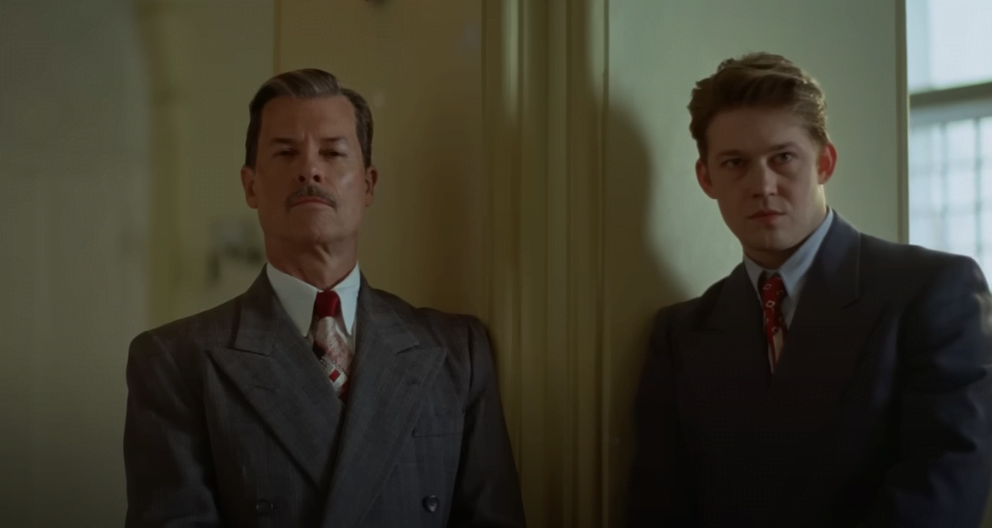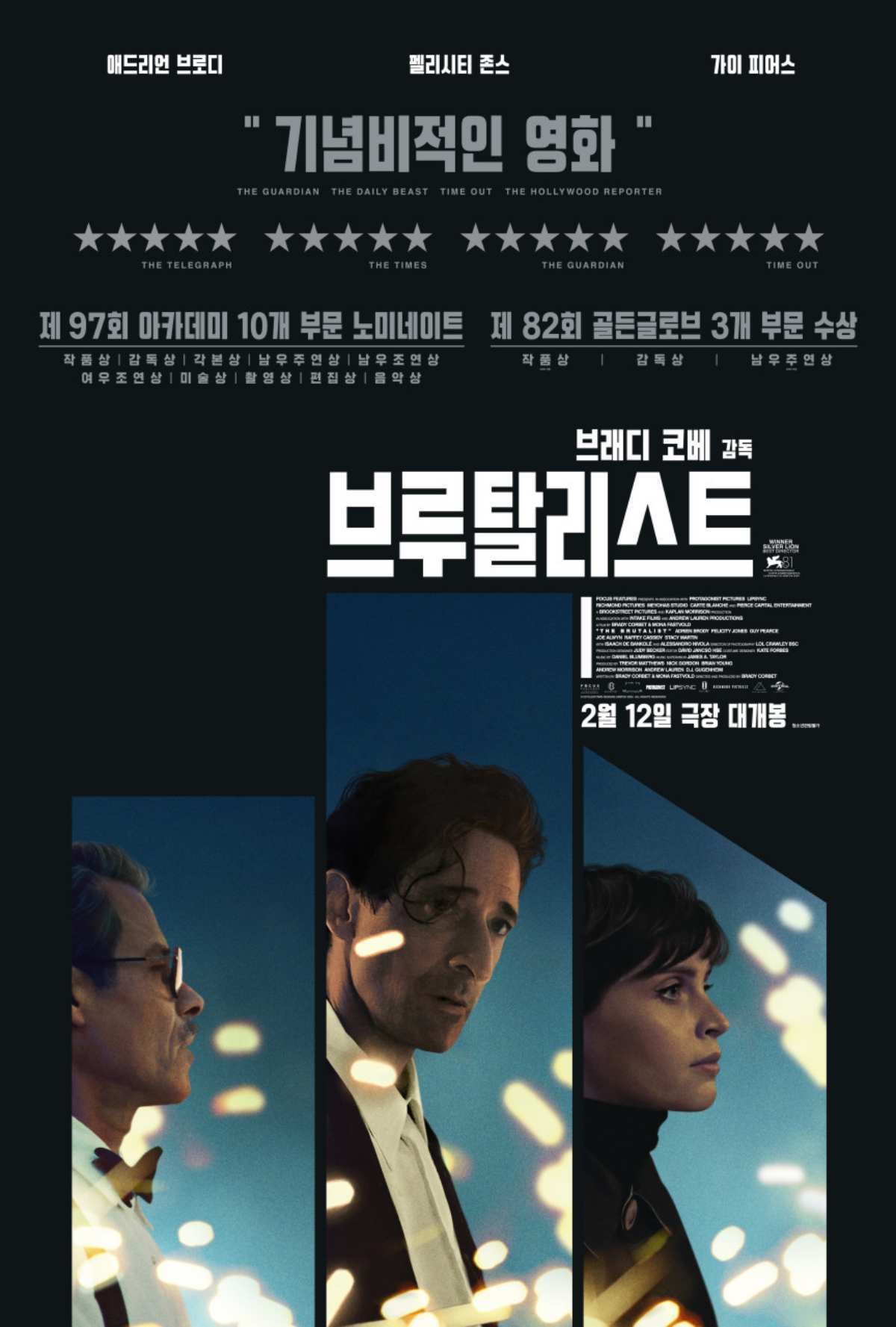Not ‘Captain America’: Korea’s Top Film Critic Hails the Best Film in Theaters Right Now
2025-02-13 10:39
add remove print link
Beyond the Scars of War: A Vision of Freedom Through Architecture
Brutal Capitalism, a Genius Architect’s Struggles, and His Defiant Resistance
One of the most monumental films of the year, The Brutalist, has finally arrived in theaters.

Following successful screenings at 21 theaters nationwide on February 8 and 9 as part of CGV’s "Untact Talk" series with critic Lee Dong-jin, The Brutalist officially opened on February 12 amid immense anticipation.
The film chronicles the 30-year journey of genius architect László Toth (Adrien Brody), who draws inspiration from the scars of war to create revolutionary designs. With its intense narrative, unconventional storytelling, and deep exploration of human nature, The Brutalist has received an R rating, positioning it as a thought-provoking work for mature audiences.
Critic Lee Dong-jin delivered high praise, stating, "This film feels destined to become a classic." He compared the film’s raw honesty to Brutalist architecture, which exposes materials and structure rather than concealing them, emphasizing how the movie portrays its protagonist’s life without embellishment.
The inclusion of an intermission midway through the film was also a bold artistic choice. Lee remarked, "This isn’t just a break; it’s an integral part of the cinematic experience. Those 15 minutes without his wife allow the audience to truly feel the depth of László’s suffering."
The Brutalist has garnered unanimous praise from major global media outlets. Rolling Stone called it "one of the most daring and innovative works of art," while The Guardian described it as "a masterpiece that is both overwhelming and mesmerizing."

Korean critics have also been effusive in their praise, with Chosun Ilbo noting, "Like a rough yet stunning piece of Brutalist architecture, this film leaves audiences in awe," and SR Times calling it "a bold cinematic experience that pierces through history, art, and the human condition."
The film begins with Hungarian-Jewish architect László Toth escaping the Buchenwald concentration camp and emigrating to the United States. Before leaving, his wife Erzsébet (Felicity Jones) leaves him with a haunting quote from Goethe: "The most foolish slave is the one who believes he is free."
Once a celebrated architect in Hungary, Toth’s career was crushed when Nazi Germany deemed his designs incompatible with German aesthetics. Though he barely escaped to America, he found himself destitute, begging for survival on the streets of New York.
His cousin Attila, who runs a furniture store, initially offers support but quickly abandons him when customer complaints cause financial losses. Just as all hope seems lost, Philadelphia tycoon Harrison (Guy Pearce) offers László an opportunity to design a church and a library. Seizing this chance at redemption, he writes to his wife, and with the help of the Harrison family, he reunites with his wife and nephew in America.

However, the film takes a dramatic turn after the 15-minute intermission. Despite reuniting with his wife, László’s life begins to unravel. Fear, anxiety, and rage consume him, leading him to alcohol and drugs as he obsessively dedicates himself to architecture. He even sacrifices his salary to build the tallest possible cathedral, prompting Erzsébet to question, "Was this truly a pursuit of freedom?"
While the Harrison family initially treats him as a "genius architect," their subtle but undeniable assertion of class superiority gradually emerges. Rather than explicitly stating this, the film juxtaposes László’s crumbling life with the towering structures he builds, exposing the deep-seated class divide through visual storytelling. Erzsébet’s sorrowful gaze amplifies the film’s overwhelming sense of tragedy.

A Brutal Critique of Capitalism, Echoing Parasite
The Brutalist critiques the ruthless nature of capitalism in a way reminiscent of Bong Joon-ho’s Parasite (2019), though without the black comedy. Instead, it adopts a cold, unflinching realism in depicting class and social hierarchy.
From the moment it was announced, the film sparked discussions for its ambitious 215-minute runtime. However, audiences have found themselves utterly immersed, thanks to Adrien Brody’s powerful performance, stunning cinematography, and an evocative score. The use of architectural spaces as a key visual motif adds depth to its storytelling, while the intermission serves as a deliberate narrative shift from hope to despair.

Decades later, László’s work is rediscovered at an international architectural biennale, providing a bittersweet conclusion—but instead of a triumphant ending, the film leaves audiences with a haunting sense of unresolved sorrow.
The Brutalist has already made waves in the awards circuit, winning the Silver Lion for Best Director at the Venice Film Festival and sweeping categories at the Golden Globes, including Best Picture, Best Director, and Best Actor. With 10 Academy Award nominations, it stands as one of the strongest contenders at the upcoming Oscars.
However, the film has also faced controversies. It was revealed that Adrien Brody’s voice was digitally altered using AI for pronunciation corrections, sparking ethical debates. Additionally, architectural scholars have noted striking similarities between László Toth and real-life Hungarian architect Marcel Breuer, raising concerns about historical accuracy.
Despite these debates, The Brutalist remains more than just a biographical film—it is a profound exploration of architecture and the human condition. With its visionary direction, gripping narrative, and outstanding performances, this film is poised to leave a lasting impact on the global cinema landscape.



